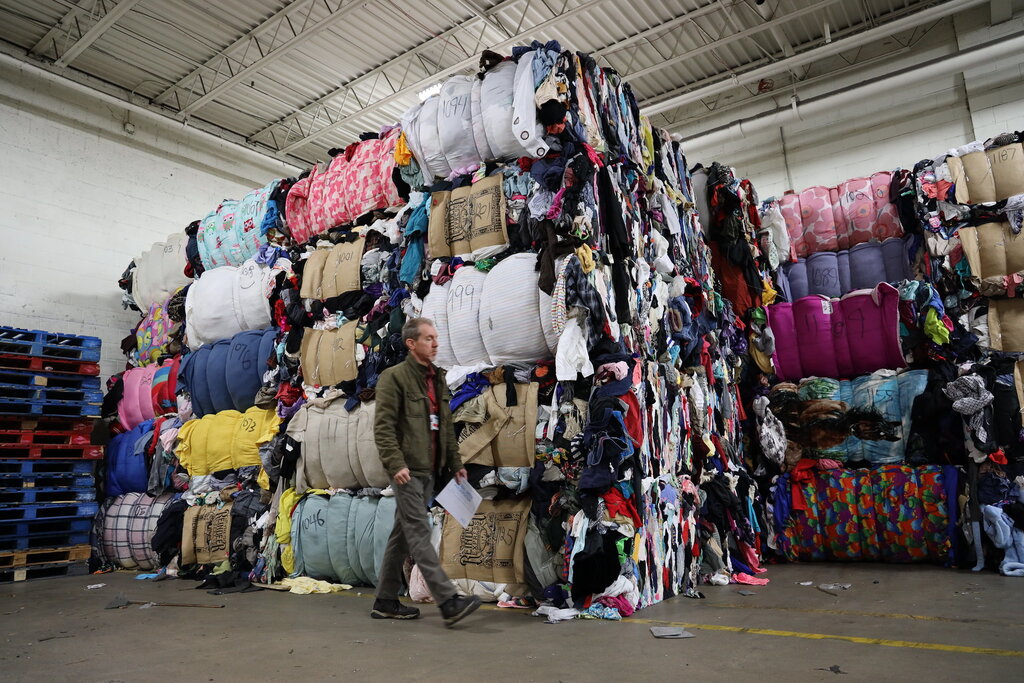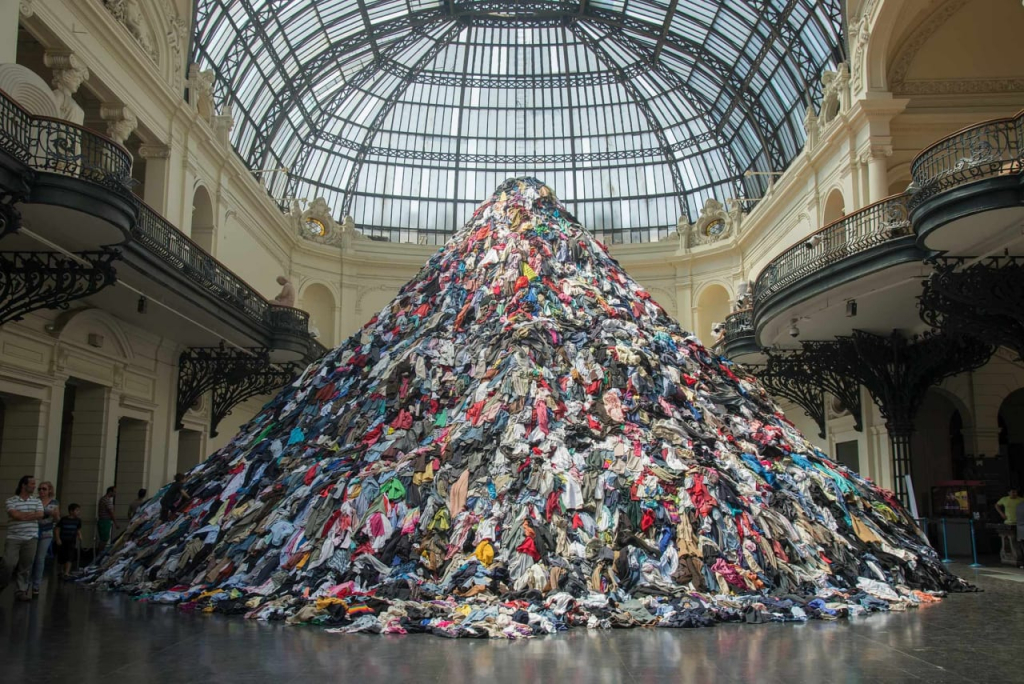Discussions around the fashion industry issues are complex and important. Its impact on the environment, society and economics are huge.
The fashion industry statistics show that the apparel and textile sector is the 4th biggest in the world. But do you have any idea of what that means?
Keep reading to find out the most important numbers about it.
Fashion Industry Statistics: General Data
According to Fashion United, the industry has a labor force of 3,384.1 million. Its value is equivalent to 3 trillion dollars. That means, it corresponds to 2% of the world’s Gross Domestic Product (GDP).

The Joint Economic Committee of The United States released a survey in 2019 affirming that, only in the US, consumers spent nearly $380 billion on apparel and footwear. The industry, which encompasses everything from textile and apparel brands to wholesalers, importers and retailers, employs more than 1.8 million people in the country. Its numbers have only grown and the post-pandemic scenario is optimistic.
The fashion industry continues to have positive growth, especially in emerging markets within the Western, Asian, and European regions. Regarding the Asian market exclusively, it was forecast to have a 38% share of global apparel demand in the past year.
Fashion Industry Statistics: The Companies
To have a broad view, 3,000 billion textile and garment companies are entering the market daily. Most of these companies remain unknown to the bigger part of consumers. Even though, that doesn’t mean they don’t thrive in their community and circle.

According to Forbes, on top of the biggest apparel companies rank is Louis Vuitton Moët Hennessy (LVMH), which includes enormous luxury brands such as Louis Vuitton, Christian Dior and Givenchy. The French billionaire Bernard Arnault is the one who runs the group. The company has a market value of US$194 billion and assets of more than US$108 billion, making it the 73rd largest publicly traded organization in the world.
Sportswear giant Nike finished second in the category and far removed from other ranked apparel companies, climbing 35 places to become the 244th largest publicly traded company in the world. Meanwhile, the shoemaker Adidas also advanced, ranking among the top 400, with more than $25 billion in sales.
Canada-based Lululemon, which ranked 1209th on the overall list, kept pace with last year to record nearly $4 billion in sales, up from $3.2 billion in 2019. Given the athleisure brand’s increased online sales and strong balance sheet, some analysts predict the company may do better than it was before the pandemic.
Fashion Industry Statistics: Job Creation
The fashion industry employs professionals ranging from the highest technical level and training to those without a degree.
Fashion designers are among the highest-paid workers in the industry. The creative force of the sector earns an average of $78,870 annually. These professionals are concentrated in apparel industries such as manufacturing and wholesale merchandising.

The apparel manufacturing industry employs more than a hundred thousand workers in the United States. Employment in the industry still includes occupations traditionally associated with apparel manufacturing. They correspond to sewing machine operators, tailors and textile machine operators and patternmakers.
The job opportunities in this industry are very vast. They range from the people who idealize the pieces, to those who make the production, take care of the distribution, communication and advertising of the brands. There are also fashion journalists and other important agents who contribute to the constitution of the fashion sector as we know it.
When it comes to workers in charge of making the clothing, there’s an important discussion concerning the employees’ health and working situation. As much as the fashion industry creates many job opportunities, there is also the denunciation of workers who find themselves trapped in modern-day slavery in sweatshops around the world.
Awaking Awarness Chan Change Lives
As we have seen, the fashion industry is of global importance in economic, social and other spheres. However, she is in serious need of change. We need to continue promoting discussions that talk about the social, environmental and economic impacts of the sector.

Just as fashion has the power of transformation, it has the power of destruction. The key is to know how to direct its power for the good, to bring about positive transformations. In other words, make consumers, industry and society aware that it is possible to maintain profitability and high incomes. But, it must be done in an honest way, causing less impact on people’s lives and the environment’s health.
We invite you to share this article with your community so that we can raise awareness and bring about change.
Check out our article about Sustainable Development Goals. They can be an important step to bring out a brighter side of the industry.






